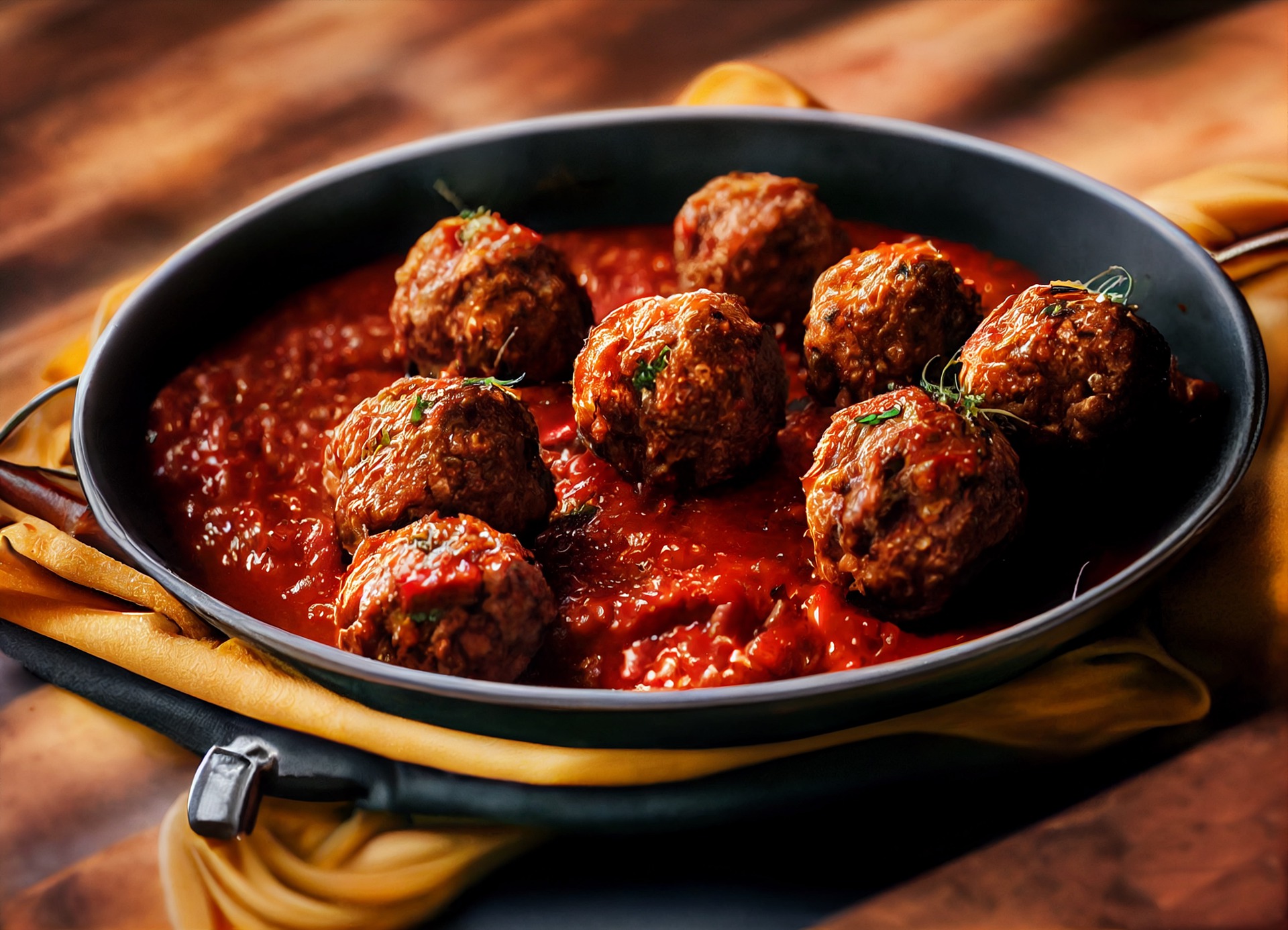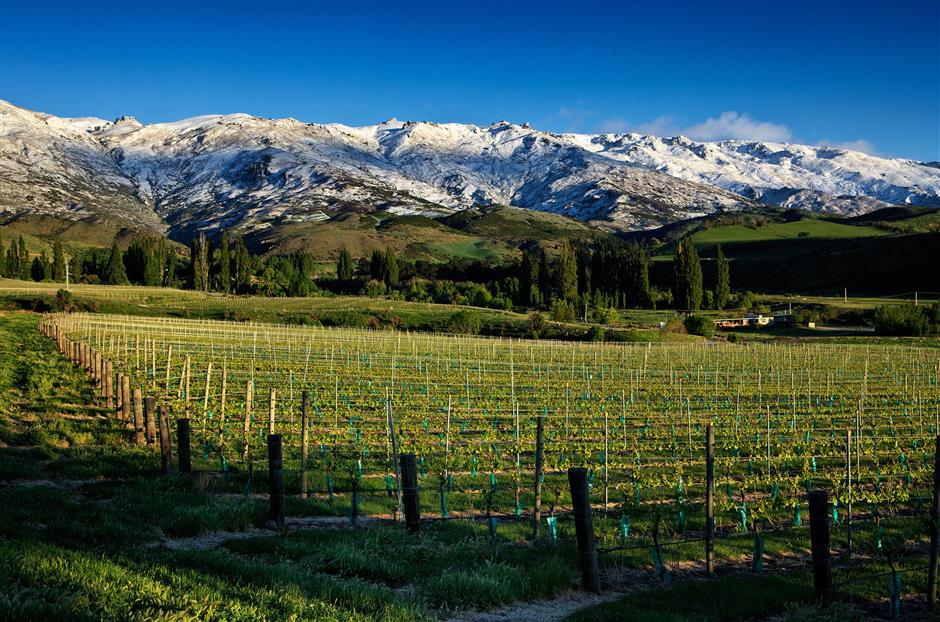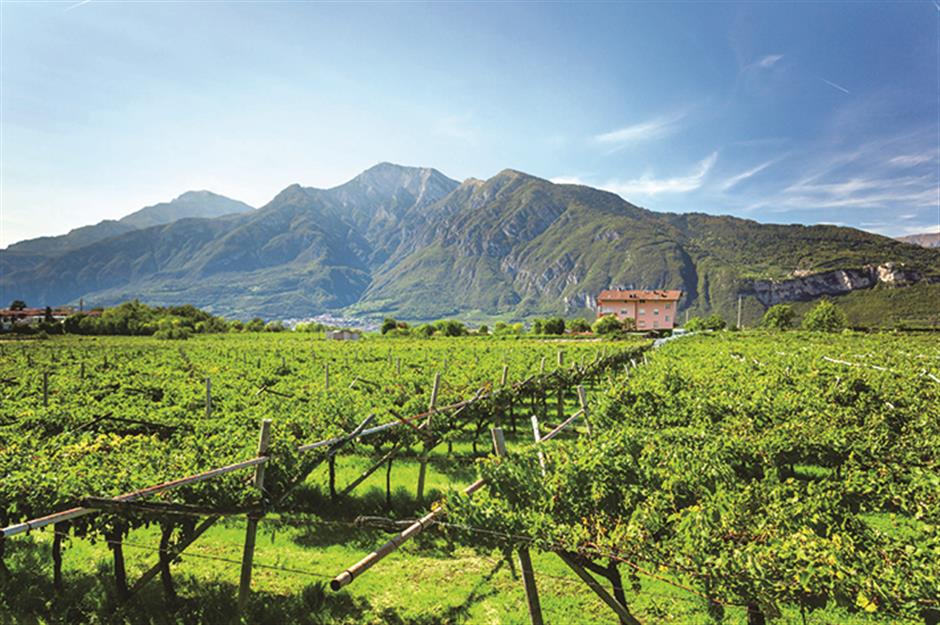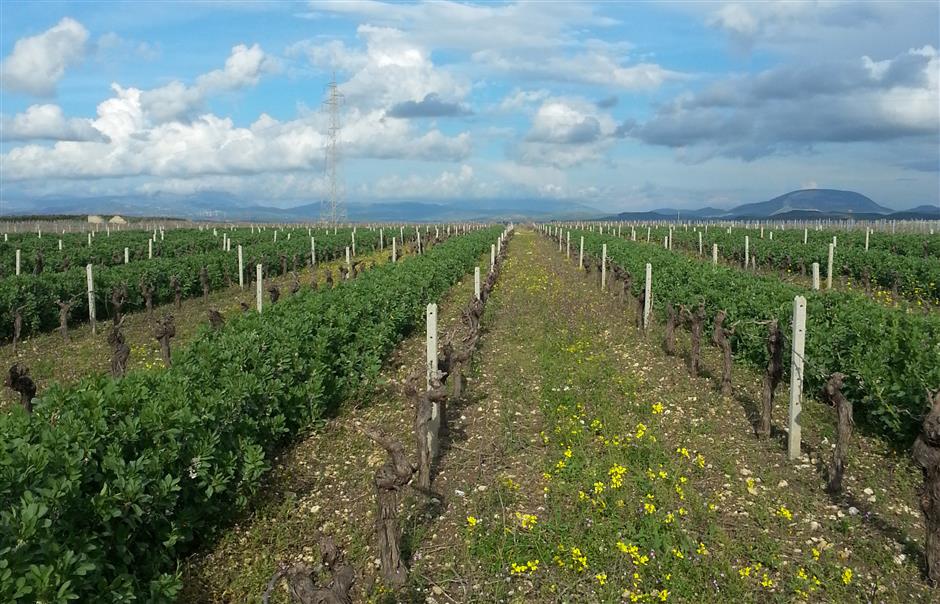Recently, every time I fly back to Shanghai I am greeted by swirling winds and snow flakes. Winter is far from over and wine lovers still crave delicious winter red wines to warm our hearts and palates. In a previous column, I introduced grenache as a red wine grape suitable for winter weather and winter dishes. This week, I want recommend another red wine grape perfect for the winter season, zinfandel. Best known as a grape and wine name in California, this variety has a history that long confounded wine professionals and scientists.

Popular in California since the mid 19th century as a variety to make hearty red wines, the grape lost favor in the early 20th century. The grape remained quite anonymous for most of the century until it returned to favor in the 1970s in the form of a semi-sweet pink wine curiously called white zinfandel. Not long after, California winemakers rediscovered the grapes affinity for making dark colored, fragrant and fruity red wines. Wine critics in the US jumped on the band wagon and proclaimed this “America’s original vine and wine”. Scientists soon discovered that zinfandel was a genetic match to the Italian grape primitivo that is cultivated in Puglia, the heel of the Italian boot. Primitivo was declared the father of zinfandel until scientists revealed that both primitivo and zinfandel were actually clones of the ancient Croatian variety crljenak kastelanski of which there were only 22 vines existing in 2001. The popularity of Zinfandel in the US and around the world served as a catalyst for Croatian winemakers to rediscover their ancient grape, plant new vines and make wines under the name ZPC, using the first initial of each of the grapes names.
If this wine detective story hasn’t stimulated your palate, then modern Zinfandel wines surely will. Unlike some cabernet sauvignon reds that may need time to soften their young and aggressive tannins, zinfandel red wines commonly have soft, round tannins and don’t need a great deal of bottle-aging. The wines vary in style from balanced, medium body red wines to huge fruity, almost Port like wines that can have 16 percent alcohol. Both styles offer an abundance of dark and red fruit flavors along with black pepper and other spicy touches that help make them lovely cold weather red wines that pair exceeding well with winter dishes. Let’s have some fun and pair zinfandel with two popular Chinese dishes.
Lion’s Head Meatballs is a tasty and warming dish that meets a synergistic partner in a zinfandel red as the abundant ripe fruit flavors of the wine embellish the moist pork flavors while the natural sweetness of the cabbage is complemented by the ripe, almost sweet, fruit flavors of the wine. The touch of Zinfandel spiciness contributes a lovely zestiness to the dish. Another popular dish in the winter that pairs well with Zinfandel is Braised Mutton with Brown Sauce as the wine highlights the savory flavors of the meat and sauce while cleansing the mouth of any gamy flavors or greasiness. The wine also facilitates digestion of this heavy dish. When choosing Zinfandels, I suggest sticking to producers that specialize in Zinfandels like Seghesio, Ridge and Ravenswood. These are wine craftsmen who intimately know zinfandel and best elicit the unique and distinctive nature of this intriguing grape.





